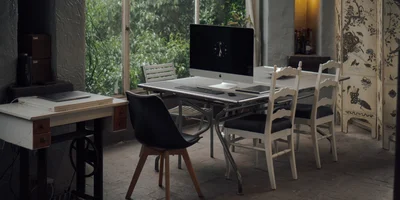Create a toggle switch using HTML & CSS

A toggle switch is little more than a checkbox with a custom appearance. Given that, some HTML and CSS should be enough to create and style one.
Structurally, you can create a toggle switch the same way as you would a checkbox. The only difference is that you'll need to visually hide the checkbox <input> and style the <label> element to look like a switch.
After hiding the <input> element offscreen, you can style the <label> element to look like a switch. The ::after pseudo-element is used to create a circular knob for the switch. The :checked pseudo-class selector is used to change the position of the knob and the background color of the switch when the checkbox is checked.
<input type="checkbox" id="toggle" class="offscreen" />
<label for="toggle" class="switch"></label>.switch {
position: relative;
display: inline-block;
width: 46px;
height: 24px;
background-color: rgba(0, 0, 0, 0.25);
border-radius: 22px;
transition: all 0.3s;
}
.switch::after {
content: '';
position: absolute;
width: 22px;
height: 22px;
border-radius: 22px;
background-color: white;
top: 1px;
left: 1px;
transition: all 0.3s;
}
input[type='checkbox']:checked + .switch::after {
transform: translateX(22px);
}
input[type='checkbox']:checked + .switch {
background-color: #7983ff;
}
.offscreen {
position: absolute;
left: -9999px;
}For accessibility reasons, it's important to keep the <input> element in the DOM. This way, screen readers can still interact with it, even if it's visually hidden. You might also want to add some aria-* attributes to the <input> and <label> elements to improve accessibility further.



